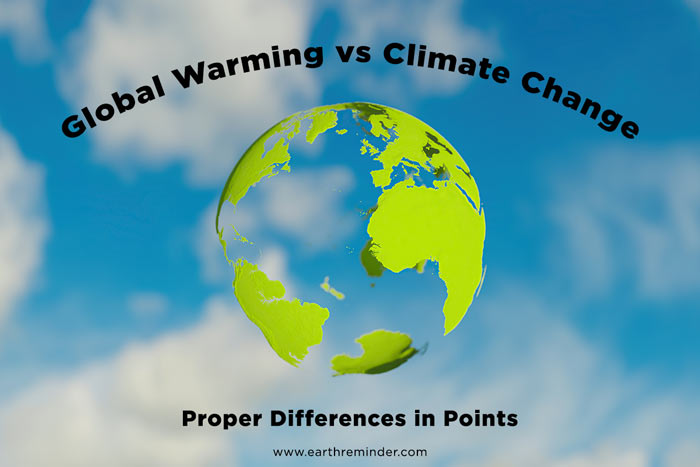
Climate Change vs. Global Warming: Clarifying the Terms – An Easy Guide
The terms "Climate Change" and "Global Warming" are often used interchangeably, leading to widespread confusion. While closely related, they are not the same thing. Understanding the subtle yet significant difference between them is crucial for grasping the full scope of the environmental challenges our planet faces and for participating in informed discussions about solutions.
This comprehensive guide will unravel the mystery, clarifying what each term truly means, how they relate to each other, and why this distinction matters.
Why the Confusion? A Quick Look
The reason for the mix-up is simple: Global Warming is a part of Climate Change. Imagine a large puzzle; Global Warming is one significant piece of that puzzle. Because it was the first and most noticeable symptom of our planet’s changing climate, it often became the shorthand for the entire phenomenon. However, as scientific understanding advanced, it became clear that the changes extended far beyond just temperature increases.
Let’s break down each term individually.
Understanding Global Warming: The Earth’s Rising Temperature
At its core, Global Warming refers specifically to the long-term heating of Earth’s climate system observed since the pre-industrial period (between 1850 and 1900) due to human activities, primarily fossil fuel burning, which increases heat-trapping greenhouse gas levels in Earth’s atmosphere.
Think of it as the temperature gauge of our planet. When we talk about global warming, we are focusing on the measurable, undeniable increase in the average temperature of Earth’s surface, oceans, and atmosphere.
Key Characteristics of Global Warming:
- Focus on Temperature: The primary metric is the average global temperature. Scientists track how much warmer the planet is getting compared to historical averages.
- Human-Caused: The current warming trend is overwhelmingly attributed to human activities. Burning fossil fuels (coal, oil, natural gas) for electricity, transportation, and industry releases vast amounts of carbon dioxide (CO2) and other greenhouse gases (like methane and nitrous oxide) into the atmosphere.
- The Greenhouse Effect: These gases act like a blanket, trapping heat that would otherwise escape into space. While a natural greenhouse effect is vital for life on Earth, human activities have thickened this blanket, causing the planet to warm excessively.
- A Measured Phenomenon: Data from weather stations, satellites, and ocean buoys consistently show an upward trend in global average temperatures. For instance, the last decade (2011-2020) was the warmest on record.
In essence, Global Warming is the fever the Earth is experiencing. It’s a critical symptom, but not the only one.
Understanding Climate Change: A Broader Picture
Climate Change, on the other hand, is a much broader and more encompassing term. It refers to long-term shifts in temperatures and weather patterns. These shifts can be natural, for example, through variations in the solar cycle. However, since the 1800s, human activities have been the main driver of climate change, primarily due to the burning of fossil fuels.
Climate Change isn’t just about things getting hotter. It includes all the wide-ranging and interconnected effects that result from the planet’s warming, as well as other human-induced alterations to Earth’s systems.
Key Characteristics of Climate Change:
- Broader Scope: While temperature rise (Global Warming) is a central component, Climate Change encompasses a multitude of other changes occurring across the planet.
- Changes in Weather Patterns: This includes shifts in precipitation (more intense rainfall in some areas, longer droughts in others), changes in wind patterns, and alterations in seasonal cycles.
- Extreme Weather Events: A key manifestation of climate change is the increased frequency and intensity of extreme weather phenomena. This includes:
- More frequent and severe heatwaves: Record-breaking temperatures becoming common.
- Intensified droughts: Longer periods of low rainfall, impacting agriculture and water supplies.
- Heavier rainfall and flooding: Warmer air holds more moisture, leading to more extreme downpours.
- Stronger storms and hurricanes: Warmer ocean waters provide more energy for tropical storms.
- More intense wildfires: Drier conditions and heatwaves create ideal conditions for fires.
- Melting Ice and Glaciers: Rising temperatures cause glaciers, ice caps, and sea ice to melt at an accelerated rate.
- Sea Level Rise: This is a direct consequence of both melting ice (adding water to the oceans) and thermal expansion (as water warms, it expands). Rising sea levels threaten coastal communities and ecosystems.
- Ocean Acidification: The oceans absorb a significant amount of the excess CO2 from the atmosphere. This absorption leads to a decrease in the ocean’s pH, making it more acidic, which threatens marine life, especially shellfish and coral reefs.
- Impacts on Ecosystems: Shifts in temperature and precipitation patterns affect plant and animal life, leading to changes in migration patterns, habitats, and even species extinction.
In short, Climate Change is the entire illness the Earth is experiencing, with Global Warming being just one, albeit very significant, symptom.
The Key Relationship: One is Part of the Other
This is the most critical point of clarification:
Global Warming is a component of Climate Change.
Think of it this way:
- Climate Change is the umbrella term that describes the long-term shifts in temperatures and weather patterns on Earth.
- Global Warming is the specific, measurable increase in Earth’s average temperature that is a primary driver and symptom under that umbrella.
It’s like comparing "health problems" to "fever." A fever is a specific health problem, but it doesn’t encompass all possible health issues. Similarly, global warming is a specific change within the broader phenomenon of climate change.
Analogy Time:
Imagine your body.
- Global Warming is like your body having a fever. Your temperature is unusually high.
- Climate Change is like your body experiencing all the symptoms of an illness – the fever, chills, fatigue, sore throat, headache, etc. The fever (global warming) is definitely part of the illness, but it’s not the whole story.
Why Does the Distinction Matter?
Understanding the difference between Global Warming and Climate Change isn’t just about scientific accuracy; it has practical implications for how we discuss, perceive, and address the environmental crisis.
- Precision in Discussion: Using the correct terminology allows for more accurate and effective communication. If someone says "global warming isn’t happening because it snowed today," you can explain that weather is different from climate, and a single cold snap doesn’t negate the long-term trend of global warming, which is a part of the broader climate change.
- Grasping the Full Scope of Impacts: Focusing only on "warming" can lead people to underestimate the severity and diversity of the threats. It’s not just about hotter summers; it’s about disrupted growing seasons, disappearing coastlines, more intense storms, and threats to biodiversity. Climate Change paints a more complete picture of the challenges.
- Developing Effective Solutions: Our solutions need to address the full spectrum of climate change impacts, not just temperature. While reducing greenhouse gas emissions (to slow global warming) is paramount, we also need strategies for adapting to rising sea levels, preparing for extreme weather, and protecting ecosystems from acidification and habitat loss.
- Countering Misinformation: Those who wish to downplay or deny the crisis often exploit the confusion between the terms. By understanding the distinction, you can better identify and counter misleading arguments. For example, a cold winter day in one region does not disprove the overall trend of global warming or the wider effects of climate change.
- Historical Context: The term "Global Warming" gained prominence first because the temperature increase was the most immediately apparent and quantifiable change. As scientists observed a wider range of effects, the broader term "Climate Change" became more appropriate to capture the complexity of the situation.
Common Misconceptions Debunked
Let’s address some frequent misunderstandings head-on:
-
"It’s just a natural cycle; the climate has always changed."
- Debunked: While Earth’s climate has indeed changed naturally over millennia, the current rate and magnitude of change are unprecedented in geological history. The scientific consensus is that the rapid warming since the industrial revolution is overwhelmingly due to human activities, primarily greenhouse gas emissions. Past changes occurred over thousands or millions of years, allowing ecosystems to adapt; current changes are happening over decades.
-
"A cold winter proves global warming isn’t happening."
- Debunked: This confuses "weather" with "climate." Weather is the atmospheric conditions over a short period (days, weeks) in a specific location. Climate is the long-term average of weather patterns over decades or centuries. A single cold day or even a cold winter in one region doesn’t negate the long-term trend of rising global average temperatures. In fact, climate change can sometimes lead to more extreme swings in weather, including unusual cold snaps in certain areas.
-
"Scientists disagree about climate change."
- Debunked: There is an overwhelming scientific consensus (over 97% of actively publishing climate scientists) that Earth’s climate is warming and that human activities are the primary cause. Major scientific bodies worldwide, including NASA, NOAA, the Intergovernmental Panel on Climate Change (IPCC), and national academies of science, all concur on this fundamental point. While scientific debate exists on the precise details and regional projections, the core facts of human-caused climate change are not in dispute within the scientific community.
The Overwhelming Scientific Consensus
The scientific community, through rigorous research, peer review, and global collaboration, has reached a clear and unequivocal conclusion:
- The Earth is warming at an alarming rate.
- Human activities, especially the burning of fossil fuels, are the dominant cause of this warming.
- This warming is leading to widespread and profound changes in Earth’s climate system, impacting weather patterns, oceans, ice, and ecosystems.
Organizations like the Intergovernmental Panel on Climate Change (IPCC), composed of thousands of scientists from around the world, regularly assess the scientific literature and provide comprehensive reports that serve as the authoritative source of information on climate change. Their findings consistently reinforce the urgency and human-caused nature of the crisis.
Why This Matters to You: Real-World Impacts
Understanding these terms isn’t just an academic exercise. The impacts of climate change are already being felt globally and locally:
- Food Security: Changes in rainfall and temperature affect crop yields, threatening food supplies.
- Water Scarcity: Droughts can reduce fresh water availability for drinking and agriculture.
- Health Risks: Heatwaves can cause heatstroke; changing disease patterns can spread illnesses.
- Coastal Threats: Rising sea levels endanger coastal cities and communities, leading to displacement.
- Economic Disruption: Extreme weather events cause billions of dollars in damages and disrupt industries.
- Biodiversity Loss: Species struggle to adapt to rapid changes in their habitats, leading to extinctions.
These are not distant future problems; they are present-day realities for millions of people worldwide.
What Can We Do? Taking Action
While the scale of climate change can feel overwhelming, understanding it is the first step towards effective action. Both individual and collective efforts are crucial.
Individual Actions:
- Reduce Your Carbon Footprint:
- Conserve energy at home (insulate, use energy-efficient appliances, turn off lights).
- Choose sustainable transportation (walk, bike, public transport, electric vehicles).
- Reduce, reuse, recycle.
- Eat a more plant-rich diet (reducing meat consumption has a significant impact).
- Support Renewable Energy: Advocate for and switch to renewable energy sources for your home or community.
- Educate Yourself and Others: Share accurate information to combat misinformation.
- Vote and Advocate: Support policies and leaders who prioritize climate action.
- Support Sustainable Businesses: Choose products and services from companies committed to environmental responsibility.
Collective and Systemic Actions:
- Transition to Clean Energy: Phasing out fossil fuels and investing heavily in solar, wind, geothermal, and other renewable energy sources.
- Improve Energy Efficiency: Implementing policies and technologies that reduce energy waste across all sectors.
- Sustainable Agriculture and Land Use: Promoting practices that reduce emissions, sequester carbon, and protect biodiversity.
- Carbon Capture and Storage: Developing technologies to remove CO2 from the atmosphere, though this is a supplemental solution, not a replacement for emission reduction.
- International Cooperation: Global agreements and collaborations are essential to tackle a problem that transcends national borders.
- Investment in Green Technologies: Funding research and development for innovative solutions.
Conclusion: Clarity for a Brighter Future
The distinction between Global Warming and Climate Change is more than just semantics; it’s about precision in understanding the multi-faceted environmental crisis we face.
Global Warming is the rising temperature of our planet.
Climate Change is the comprehensive suite of long-term shifts in temperatures and weather patterns, driven by that warming and other human impacts.
By clearly understanding these terms, we can move beyond confusion to informed discussions, effective policy-making, and impactful individual and collective actions. Our planet’s future depends on our collective ability to grasp the full picture and work together to address the urgent challenges of climate change.
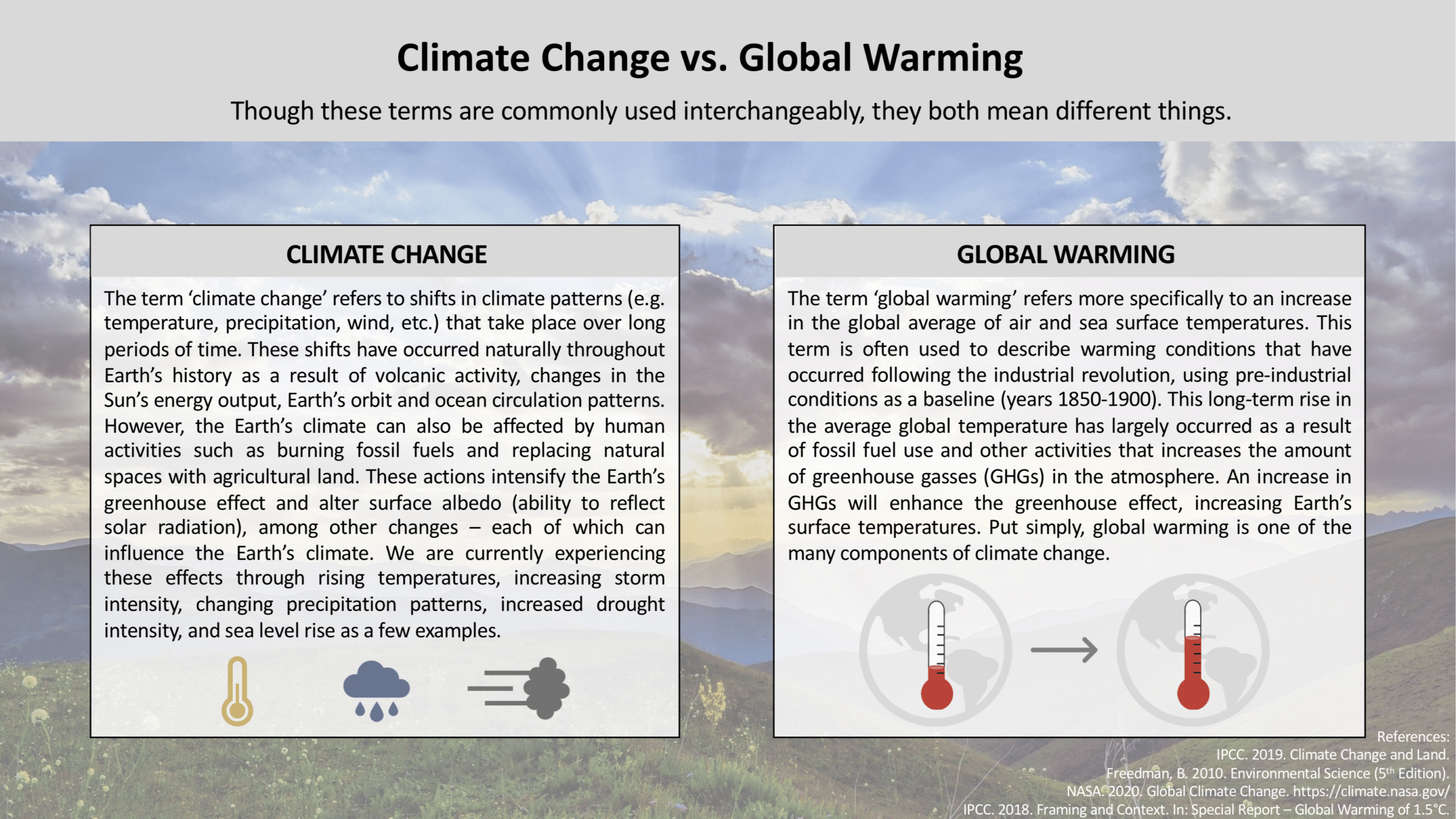
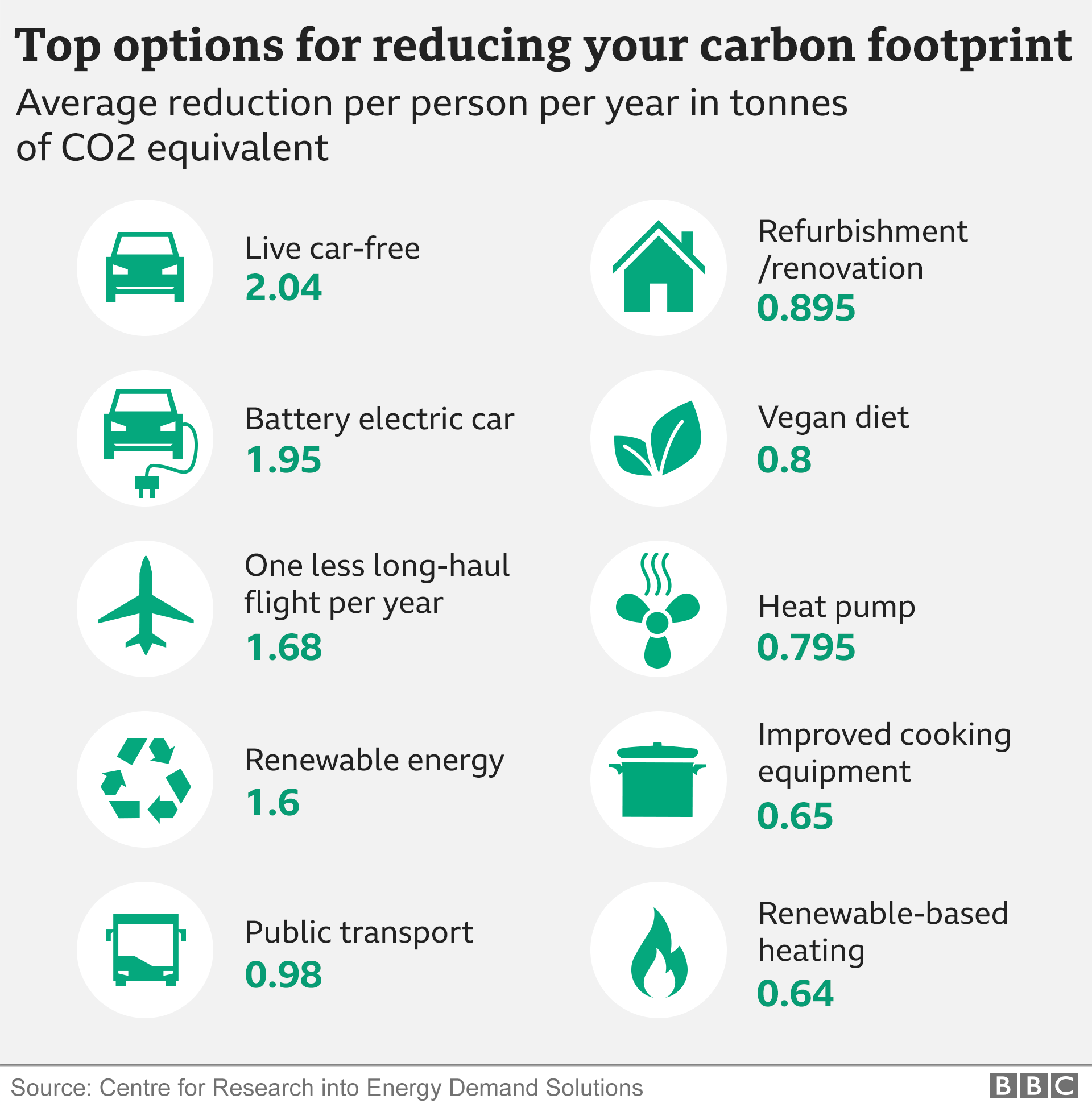
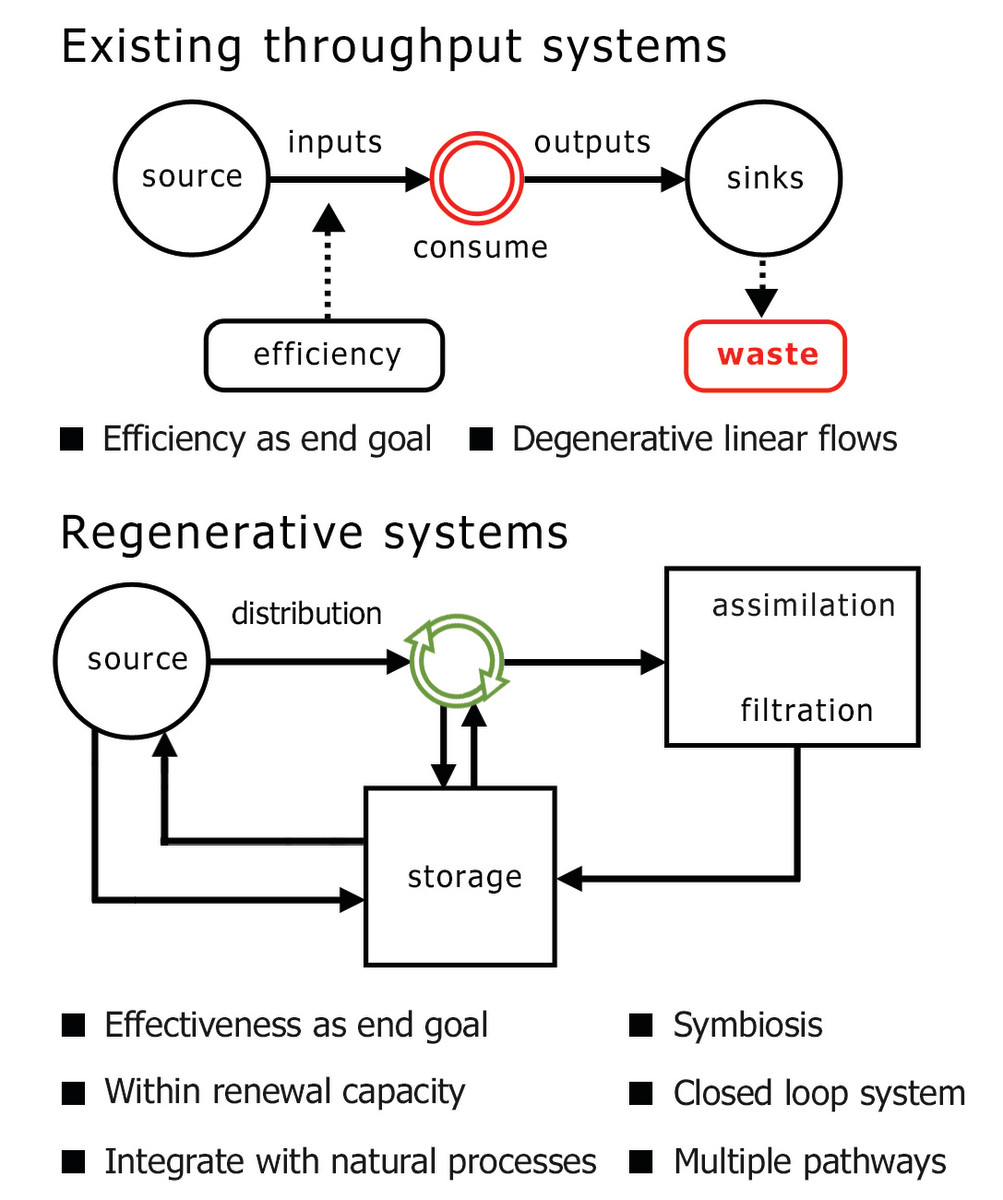
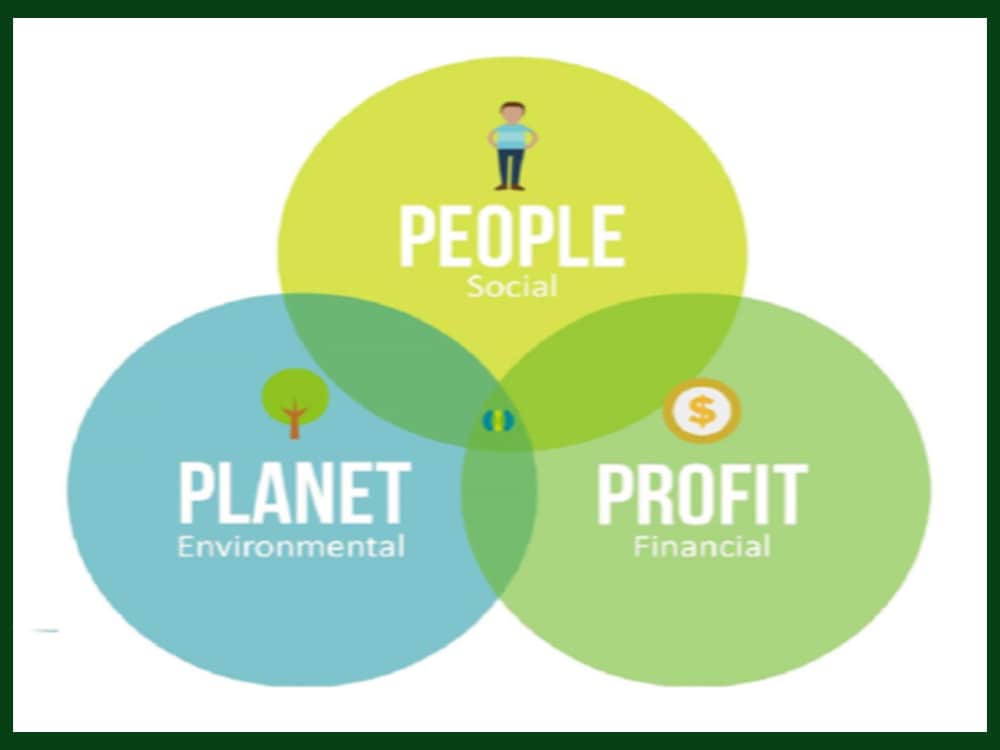
Post Comment